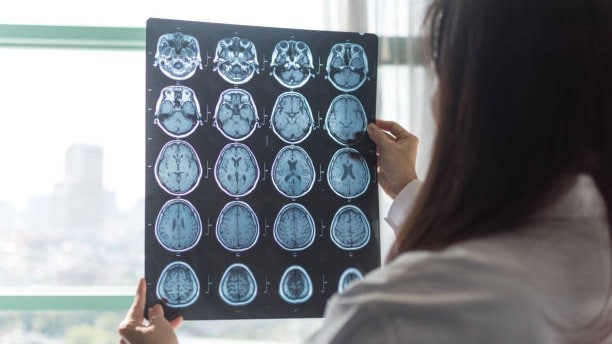Key Points
- Powassan virus disease should be considered in patients presenting with acute febrile or neurologic disease and recent tick exposure in endemic areas.
- The incubation period ranges from 1 to 5 weeks.
- About 10% of patients with Powassan virus neuroinvasive disease die and half of survivors have neurologic sequelae.

Clinical presentation
Powassan virus disease should be considered in any person with an acute febrile or neurologic illness who has had recent exposure to ticks (primarily Ixodes scapularis, Ix. cookei, or Ix. marxi) in endemic areas. Other causes of encephalitis and aseptic meningitis should also be considered, as appropriate (e.g., herpes simplex viruses, enteroviruses, West Nile virus, St. Louis encephalitis virus, La Crosse virus, eastern equine encephalitis virus).
Powassan virus can rarely be transmitted through blood transfusion.
Signs and symptoms
Powassan virus infection can be asymptomatic or cause a non-specific febrile illness. Neuroinvasive disease can present as aseptic meningitis or encephalitis which can be severe. The incubation period for Powassan virus disease ranges from 1–5 weeks.
- Initial symptoms can include fever, headache, vomiting, and generalized weakness.
- The disease can progress to encephalitis, meningoencephalitis, or aseptic meningitis.
- Symptoms of encephalitis may include altered mental status, seizures, speech problems (aphasia, dysarthria), paresis or paralysis, movement disorders, and cranial nerve palsies.
Clinical assessment
Cerebrospinal fluid (CSF) findings include lymphocytic pleocytosis in the majority of patients with Powassan virus meningitis or encephalitis; neutrophils can predominate early in the disease. CSF protein is generally normal or mildly elevated, while glucose concentration is normal.
Electroencephalography (EEG) in patients with Powassan virus encephalitis reveals generalized slow wave activity, and results can resemble those seen in herpes simplex virus encephalitis. Magnetic resonance imaging (MRI) of the brain in patients with Powassan virus encephalitis can show hyperintensities in the superficial and deep white matter.
- Krow-Lucal ER, Lindsey NP, Fischer M, Hills SL. Powassan virus disease in the United States, 2006-2016. Vector Borne Zoonotic Dis. 2018;18(6):286-290. doi:10.1089/vbz.2017.2239
- Hermance ME, Thangamani S. Powassan virus: an emerging arbovirus of public health concern in North America. Vector Borne Zoonotic Dis. 2017;17(7):453-462. doi: 10.1089/vbz.2017.2110
- Piantadosi A, Rubin DB, McQuillen DP, Hsu L, Lederer PA, Ashbaugh CD, et al. Emerging cases of Powassan virus encephalitis in New England: Clinical presentation, imaging, and review of the literature. Clin Infect Dis. 2016;62(6):707-713. doi:10.1093/cid/civ1005
- El Khoury MY, Camargo JF, White JL, Backenson BP, Dupuis AP 2nd, Escuyer KL, et al. Potential role of deer tick virus in Powassan encephalitis cases in Lyme disease-endemic areas of New York, U.S.A. Emerg Infect Dis. 2013;19(12):1926-1933. doi:10.3201/eid1912.130903
